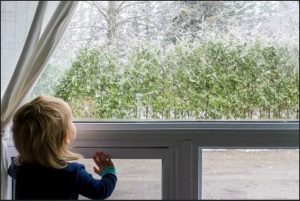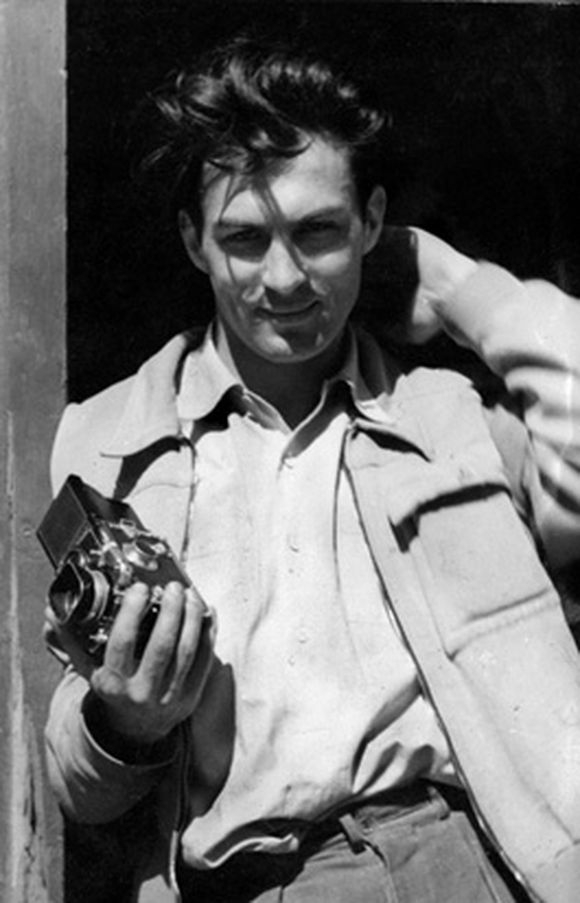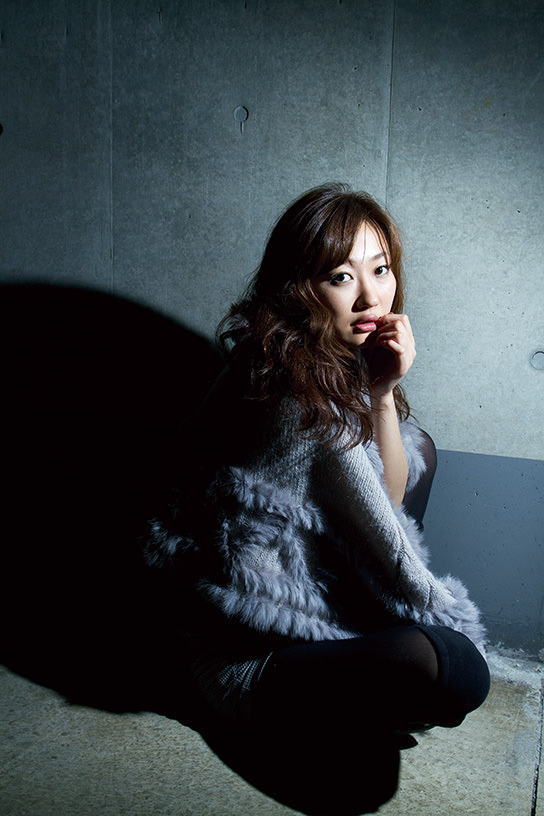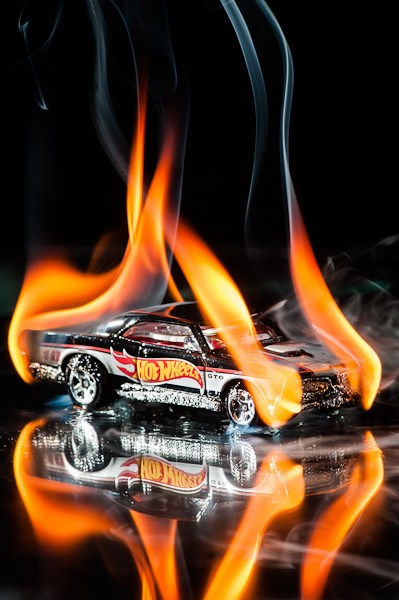HOW TO REMOVE ICE, SNOW AND COLD. 7 TIPS FOR BEAUTIFUL PHOTOS
 Winter is a great time to take photos. But in order to capture the winter beauty you have to overcome the cold temperatures not only for yourself, but also for the whole photo equipment. We have prepared for you seven practical tips that will help you get great photos in the icy season without compromising your own health and irreparable damage to the entire arsenal of photographic equipment.
Winter is a great time to take photos. But in order to capture the winter beauty you have to overcome the cold temperatures not only for yourself, but also for the whole photo equipment. We have prepared for you seven practical tips that will help you get great photos in the icy season without compromising your own health and irreparable damage to the entire arsenal of photographic equipment.
Remember that exciting feeling you had as a child when the first snow fell? If you are turning into a grumpy adult when it comes to winter, challenge yourself – return for yourself the miracle of winter this year!
If you hate cold, stay inside!
When you think of winter photos, most likely a picture of an all-consuming general cold arises in your head, which surrounds and penetrates into every imaginable and unimaginable slits and holes, while you are trying to avoid frostbite during photography. Perhaps the thought of crazy winter weather stops and does not allow you to go outside to take photos in the cold months. But who said you have to go outside to get beautiful winter images?
Before you go outside, think about what you can achieve indoors. Did you pay attention, for example, to how icicles hang from the roof of your house? Instead of shooting them on the street, try to take a picture, as an option, icicles from the house.
While you’re waiting for the batteries to recharge, enjoy a cup of hot tea! The steam is very interesting to photograph and the most successful pictures are obtained when it is additionally highlighted.
Most people use automatic settings on their camera, for example, they take pictures in “landscape” or “portrait” mode. With all these settings, your camera uses its internal meter to calculate the correct exposure or brightness of the image.
But this may just become a problem. When the landscape is littered with bright white snow, your camera will want to darken the exposure. This means that you take a picture, and the snow on it will turn gray. The camera does not know that you want the snow to look bright white in your photo. Of course, she does not even suspect that she is “looking” at the snow!
There are two ways to make white snow white. First, you must use manual mode to control the exposure yourself. If you are still uncomfortable using the manual mode, try using exposure compensation. Set the aperture priority in the camera, then use exposure compensation. Continue to make adjustments until you see that everything is correct. Refer to the specific camera’s instruction manual for how to adjust exposure compensation.
If you do not use exposure compensation, you will have to paint the winter photos using Lightroom. Notice how strongly the gray color of snow in the photo on the left.



